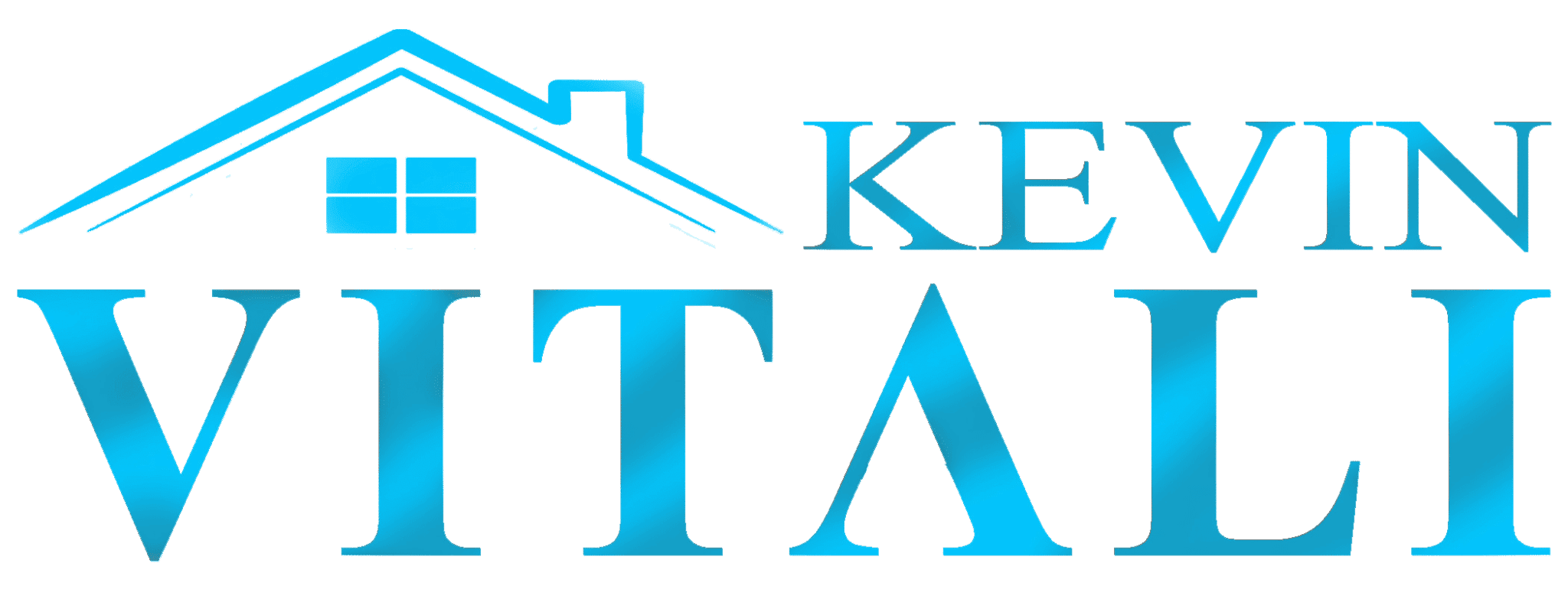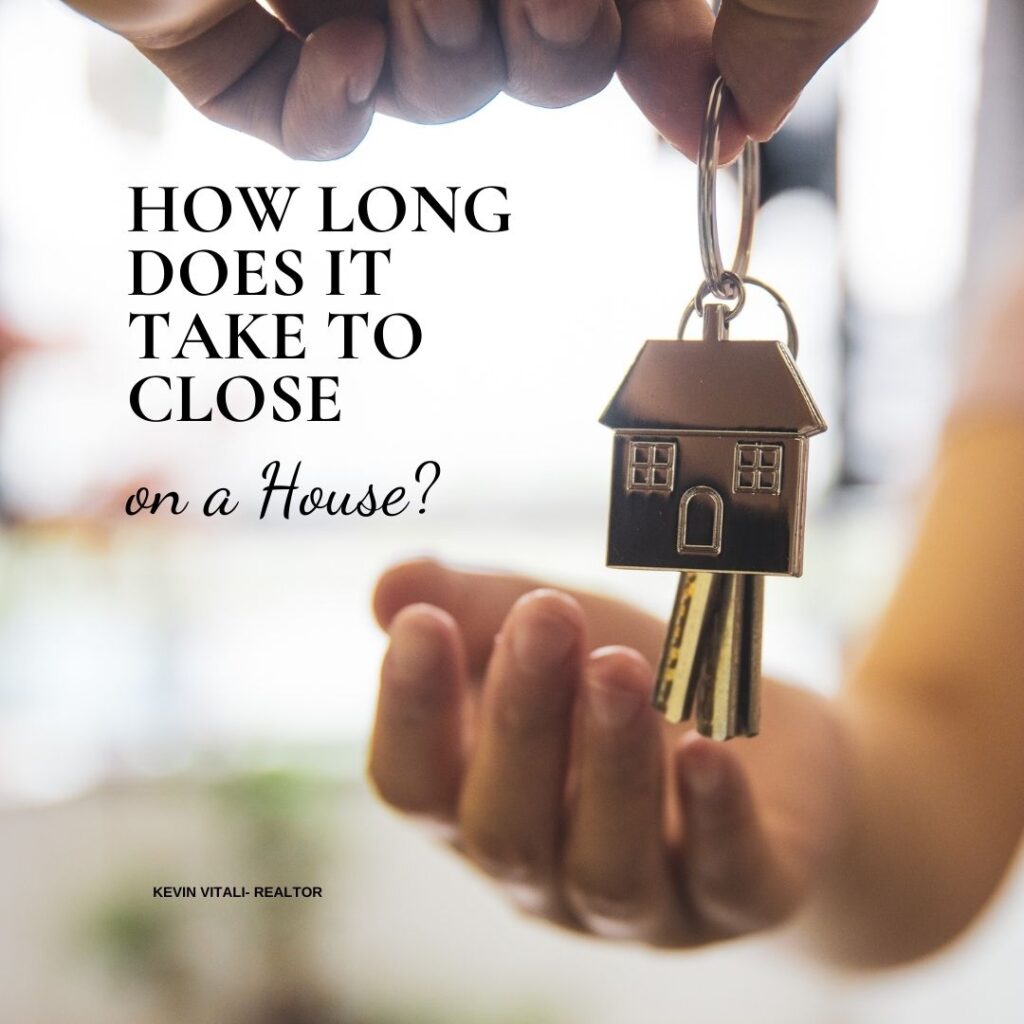 As every year goes by in the real estate industry we are seeing a shift in the quality of real estate photography provided to home sellers. Today, a larger percentage of agent are using professional real estate photography and it is starting to become the norm. I am seeing many agents now focusing on providing quality real estate images.
As every year goes by in the real estate industry we are seeing a shift in the quality of real estate photography provided to home sellers. Today, a larger percentage of agent are using professional real estate photography and it is starting to become the norm. I am seeing many agents now focusing on providing quality real estate images.
A real estate agent now has choices to make when it comes to real estate photography.
What agents should not be doing to provide photography for their seller’s listings:
- Using a cell phone. While your cell phone is great for snapshots and vacation pictures it is not well suited to get professional results for a real estate listing for sale.
- Using a point and shoot. Again great for the family but not condusive to quality real estate photography.
What agents should do to provide professional real estate photography results for their home sellers:
- Use a professional real estate photographer. A whole niche has grown up over the past few years of photographers that specialize in photographing real estate listings. The niche is providing quality results, in a blazing fast turnaround, at a reasonable price.
- Take the time to learn how to photograph their own listings. There are a few agents out their that have taken the time to learn how to photograph their own listings. While difficult, it is doable.
- Use a DSLR with an ultra wide angle zoom lens…. on a tripod!! This is what a professional real estate photographer would use and you should expect same from an agent taking their own real estate photography.
Why Is High Quality Real Estate Photography So Critical To Your Home Selling Success
There is a ton of reasons that high quality photography is critical to successfully selling your home. Let’s look at a few reasons why.
Today’s home buyers are image driven. Look at ads on TV, the internet and social media. Millennial home buyers have grown up with visual imagery everywhere. That is what they are used to. It is important to note that Millennials have now edged out the baby boomers and are the largest segment of buyers out there!
Digital photography and other technology advances have now made it cost effective to deliver high quality real estate photography. What would have taken days back in the 1980’s and thru the 90’s can now be accomplished in less than a day. And, advances have made it possible for a real estate agent who is committed to excellence to take high quality photographs of your home.
How buyers search for homes have drastically changed over the years. With smart phones, tablets and computers combined with better imagery of homes for sale, it is much easier to sit at home and cull through homes that interest today’s home buyers. Professional real estate photography is a critical piece of your homes marketing.
You literally only have seconds to impress a buyer with your home online. If not they move on to the next one that catches their eye.
The Challanges of Real Estate Photography
The major challenge is the camera does not see the what the eye sees. A DSLR can not capture the dynamic range the eye can. Dynamic range is the range of light units between maximum black with detail and maximum white with detail. As in the samples below you can see to show the room exposed properly in the ambient shots, lights and windows start to blow out.
And as pointed out earlier there is limited time to get quality results.
What I Do to Provide My Sellers With Professional Real Estate Photography
First, I would like to say that I was a graduate from photography school. I spent many years in all aspects of professional photography. My background education has made very easy for me to transition into providing top notch real estate photography for my clients.
When I show up at a house, I arrive with thousands of dollars of equipment….. camera, lens, tripod and multiple electronic flash. If whoever shows up to photograph the interior your house with out a tripod, expect inferior results.
When photographing a house there are a multitude of techniques that are employed. I have found not one solution fits all. But I have found one technique that work most of the time for me.
The “Flambient” Real Estate Photograph
I have found when it is usually the quickest, easiest way to get professional quality real estate shots. Ambient light being light that is already available in the room with out adding any artificial lighting.
I go thru this technique not because I expect sellers to understand how it is done, but to show sellers the lengths that a professional real estate photographer or a real estate agent who has honed their real estate photography techniques will go to provide quality images of your home.
If your agent shows up with a point and shoot camera or their cell phone to photograph your home you may need to rethink who you hired to list your home. I should also add. No matter what technique the person is using to provide you with real estate photography, a tripod is a must. Again, no tripod, rethink who you hired to list your home.
Real Estate Photography- Sample One
Ambient Shot
Flash Shot 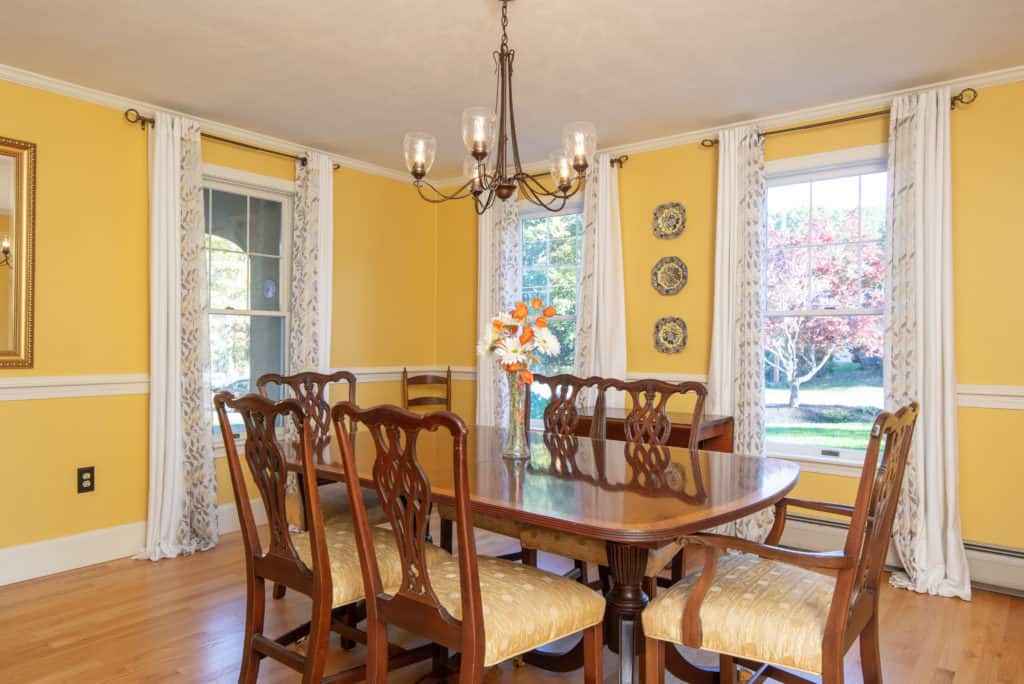
Combined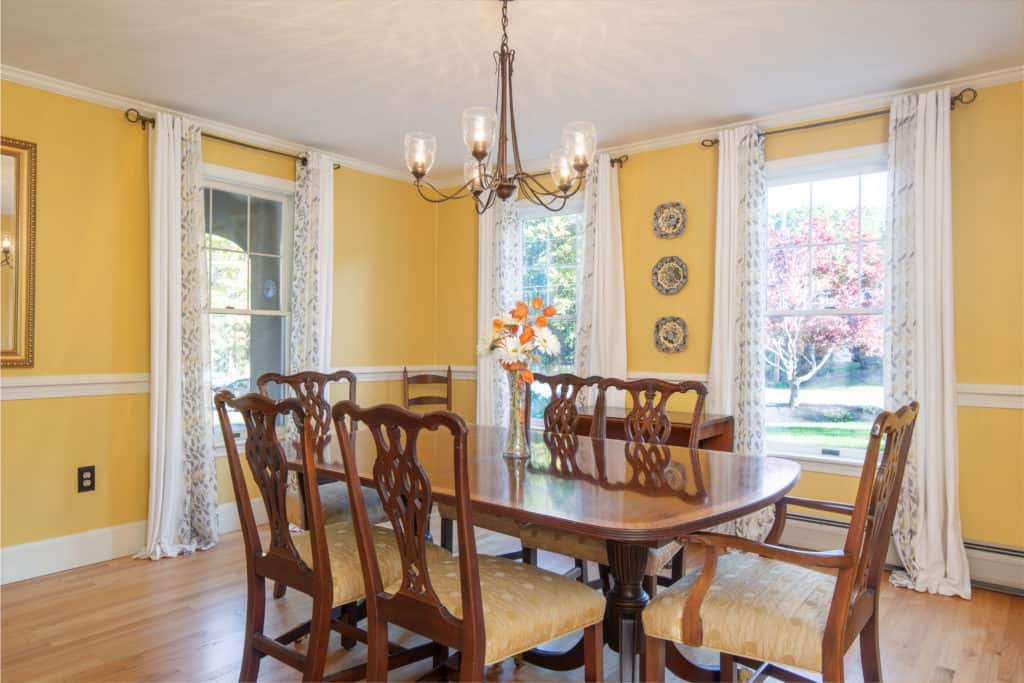
In this dining room shot, the ambient exposure is losing all detail in the windows as well as washing out the woodwork of the table. The flash shot is starting to look overly flashy and over saturating the yellow. The flash shot was 2 flashes bounced against the ceiling and the wall behind the camera.
But by overlapping the flash shot with the ambient shot and blending in the ambient, I get great tones to the wood table, am able to pull in the beautiful outdoor scene and retain some of the light bouncing around the room from the ambient shot…. left wall shows highlights and the ceiling shows the reflections from the chandelier.
The combined shot provides a very natural look to the photo as if you are walking into the room.
Real Estate Photography- Sample 2
Ambient Shot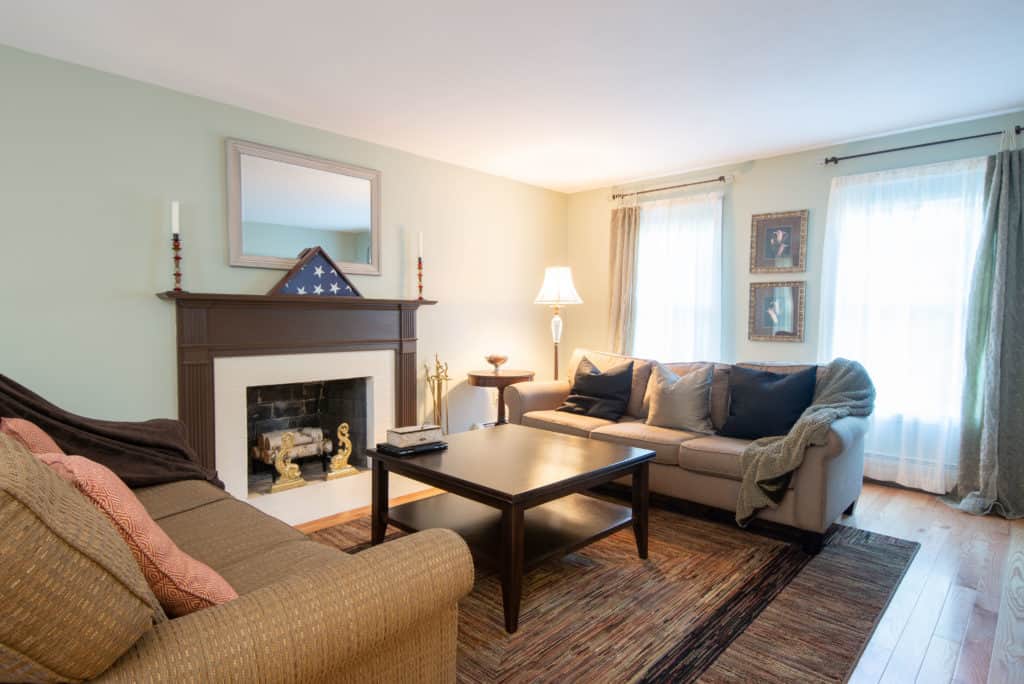
Flash Shot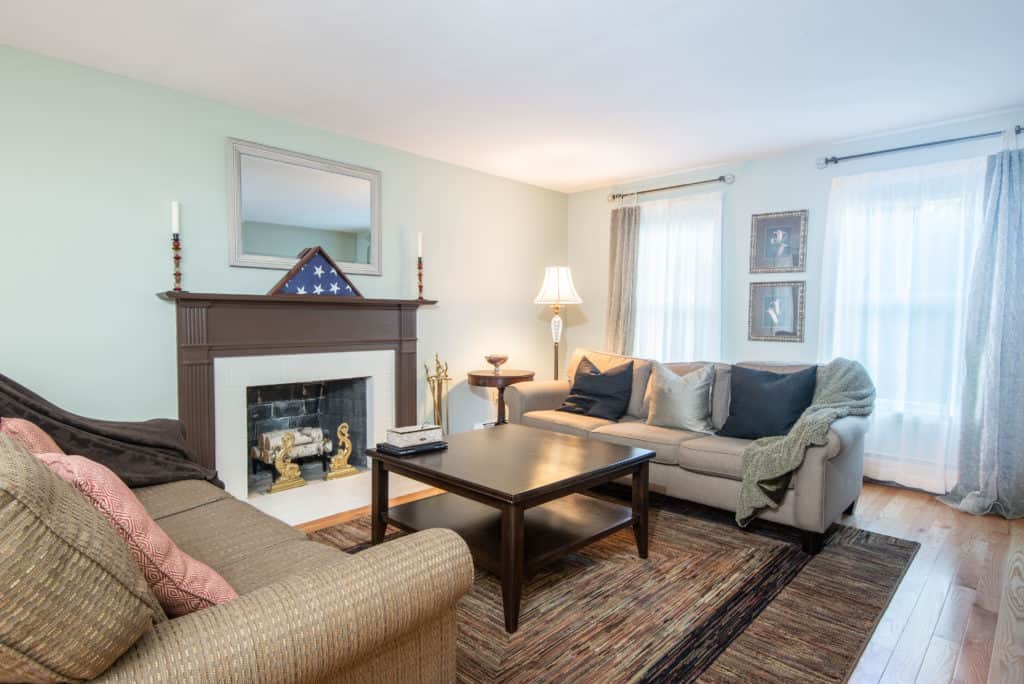
Combined Shot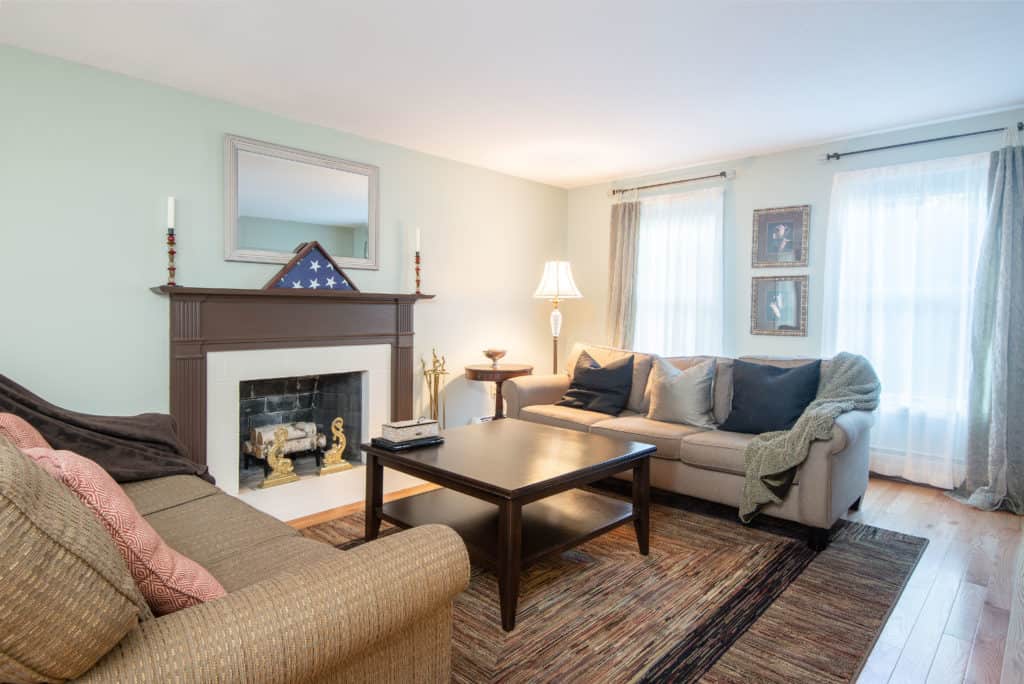
In the shot of the living room the drapes are just starting to blow out and the lamp has definitely blown out. The overall shot has color problems from the mixed light sources. But the ambient shot provides the nice warm glow on the chair and wall.
The flash shot has pretty much eliminate the color issues and has pulled in details in the drapes. But on the downside it is throwing some harsh shadows around the table and the lamp.
By combining the two shots we get a very well balanced scene that projects what you would see walking into the room.
Summary of Professional Real Estate Photography Becoming the Norm
As a home seller it is your responsibility to pick your real estate agent. The photography of your home is probably the second most critical aspect of marketing your home….. after proper pricing. Don’t be afraid to ask to see a prospective listing agents real estate photography and ask questions about whether they hire a professional or do themselves.
You have to much at stake. Not only is your home competing with other homes based on price, features and amenities…. your home is also competing with other homes online imagery. Fail to capture a buyer’s attention with your real estate photography online and they will move on to the next one.
Other Real Estate Resources:
- Paul Sian Great Online Images of Your Home Will Sell Your Home
- Petra Norriss Tips For Photographing Your Home for Sale
- Joe Boylan 5 Tips for Getting Great Listing Photos
- Bill Gassett The Importance of a Great Listing Description
- Michelle Gibson Whats Sellers Should Expect From Their Listing Agent
Find out what your home is worth– Get your homes value with my complimentary CMA (Comparative Market analysis)
This post, Professional Real Estate Photography is Becoming the Norm, was provided by Kevin Vitali of EXIT Group One Real Estate In Tewksbury MA. You can contact Kevin by email at kevin@kevinvitali.com or call 978-360-0422.
I pride myself in the quality of my work while helping buyers and sellers make dreams come true.
Real Estate Services in the northeast Massachusetts, around the Merrimack Valley, Southern New Hampshire including the towns of Andover, Billerica, Boxford, Chelmsford, Dracut, Georgetown, Groveland, Haverhill, Lawrence, Lowell, Merrimac, North Andover, Newbury, Newburyport, North Reading, Rowley, Tewksbury, Tyngsboro, Westford, Wilmington, West Newbury
